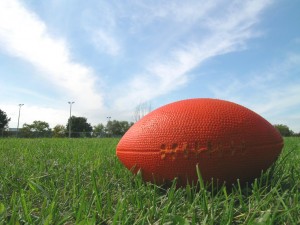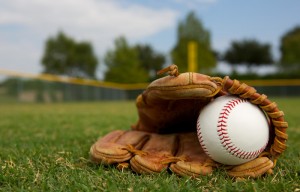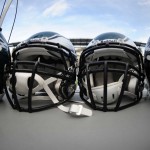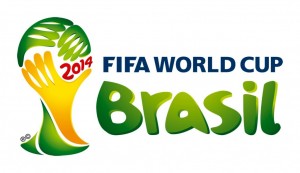Football season is moving right along and our beloved Seattle Seahawks are 6-3 overall; ranking 10th in offense and 3rd in defense. There are several injuries on this season’s roster, including:

Coach Pete Carroll has cleared some of these players to return to the field but others are questionable for the rest of the NFL season. Of note, Zach Miller had undergone surgery and is on the injury reserve list and is not playing while Marcus Burley’s hamstring injury has sidelined him from playing for a questionable amount of time.
“With such devastating injuries to the squad up and down the line up, it reiterates the importance of preparation to prevent injury,” states Dr. Ruhlman.
The treatment protocol for football injuries varies and can range from basic RICE (rest, ice, compression, elevation) to surgery, with several options in between.
For all of these injuries, RICE can be improved with active cold and compression therapies to help speed up the healing process for injuries.
Cold compression therapy can also be used after surgery to help speed up the recovery process.

OSS hopes that all these players recover from their injuries and wish the Seattle Seahawks a great rest-of-the-season.
If you believe you are suffering from a sports-related injury and need specialized orthopedic care, the orthopedic surgeons at OSS provide excellent treatment options for your injury.

 The 2014 Major League World Series begins this week with a frenzy of predictions from the sports experts and fans from both the San Francisco Giants and the Kansas City Royals predicting that their respective team will win.
The 2014 Major League World Series begins this week with a frenzy of predictions from the sports experts and fans from both the San Francisco Giants and the Kansas City Royals predicting that their respective team will win.  More than 627,000 baseball injuries each year are treated by medical professionals, according to the U.S. Consumer Products Safety Commission. Baseball is not a contact sport, but contact with a ball, bat, or another player results in the most serious injuries.
More than 627,000 baseball injuries each year are treated by medical professionals, according to the U.S. Consumer Products Safety Commission. Baseball is not a contact sport, but contact with a ball, bat, or another player results in the most serious injuries. 
 Speaking of physical reminders, the change in season is the perfect opportunity to change your sneakers!
Speaking of physical reminders, the change in season is the perfect opportunity to change your sneakers! 